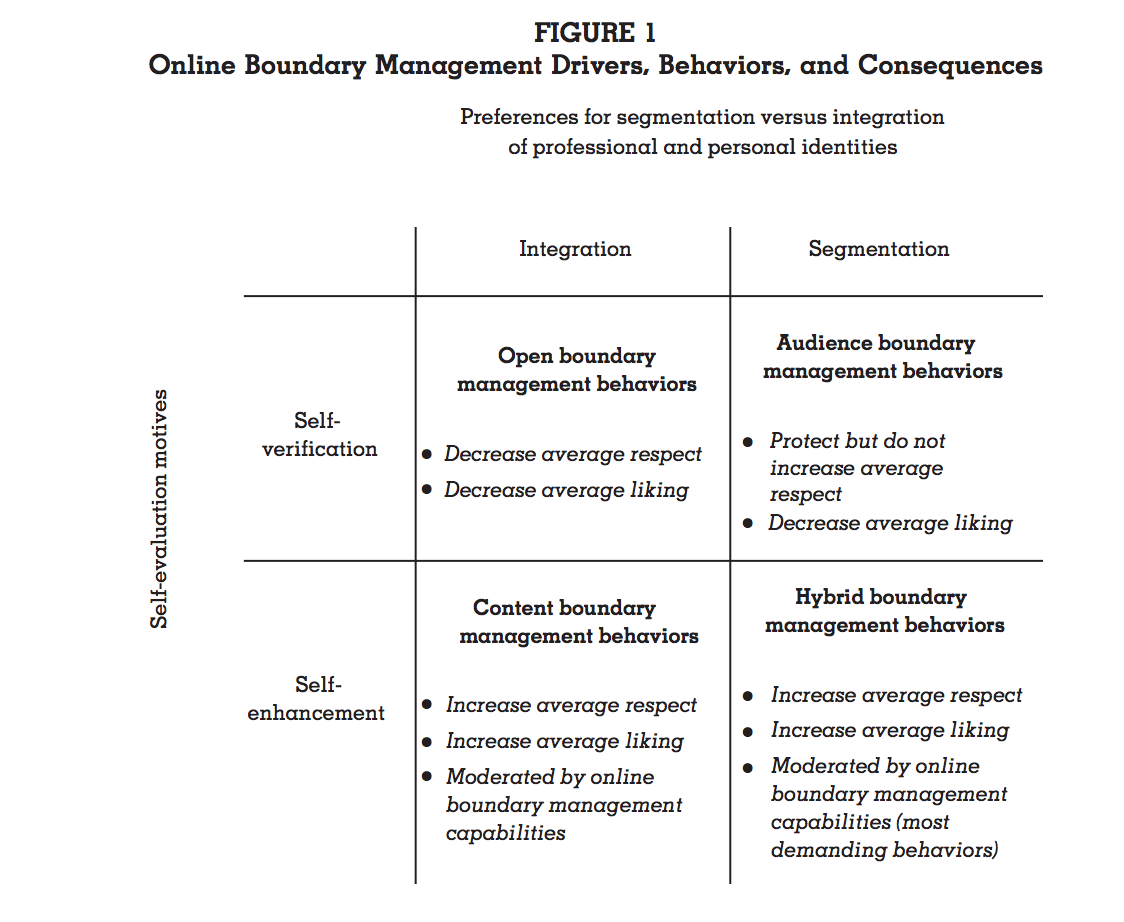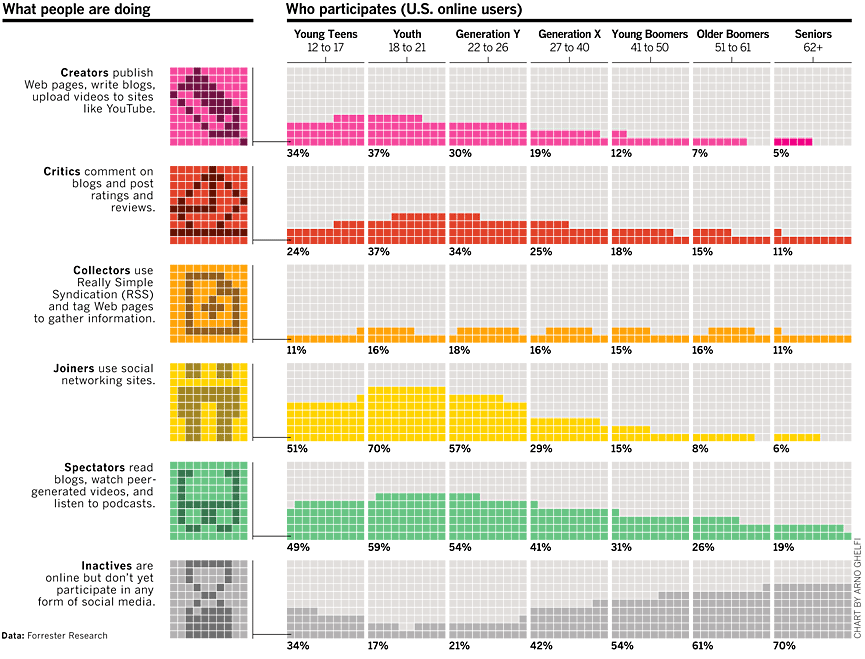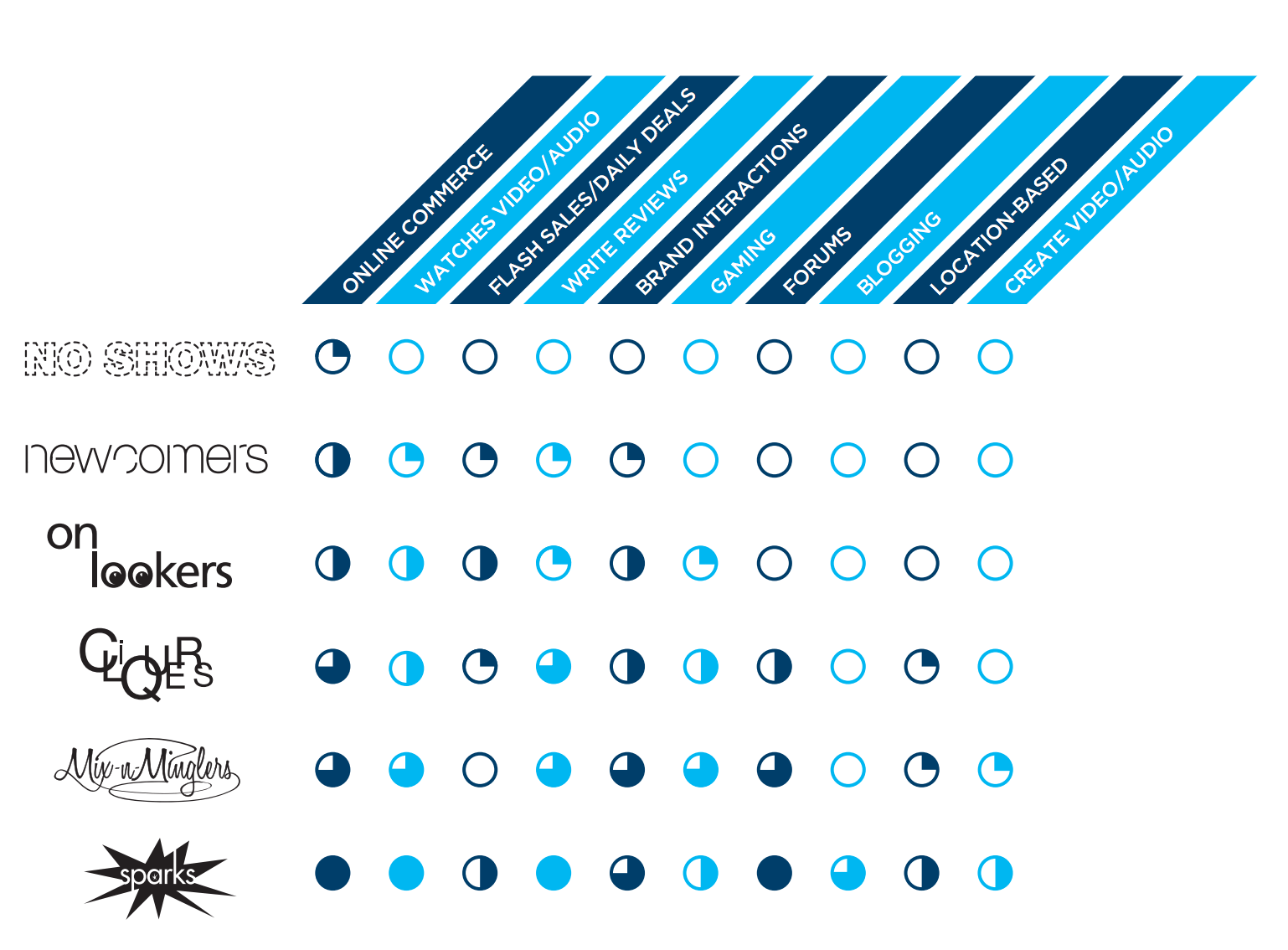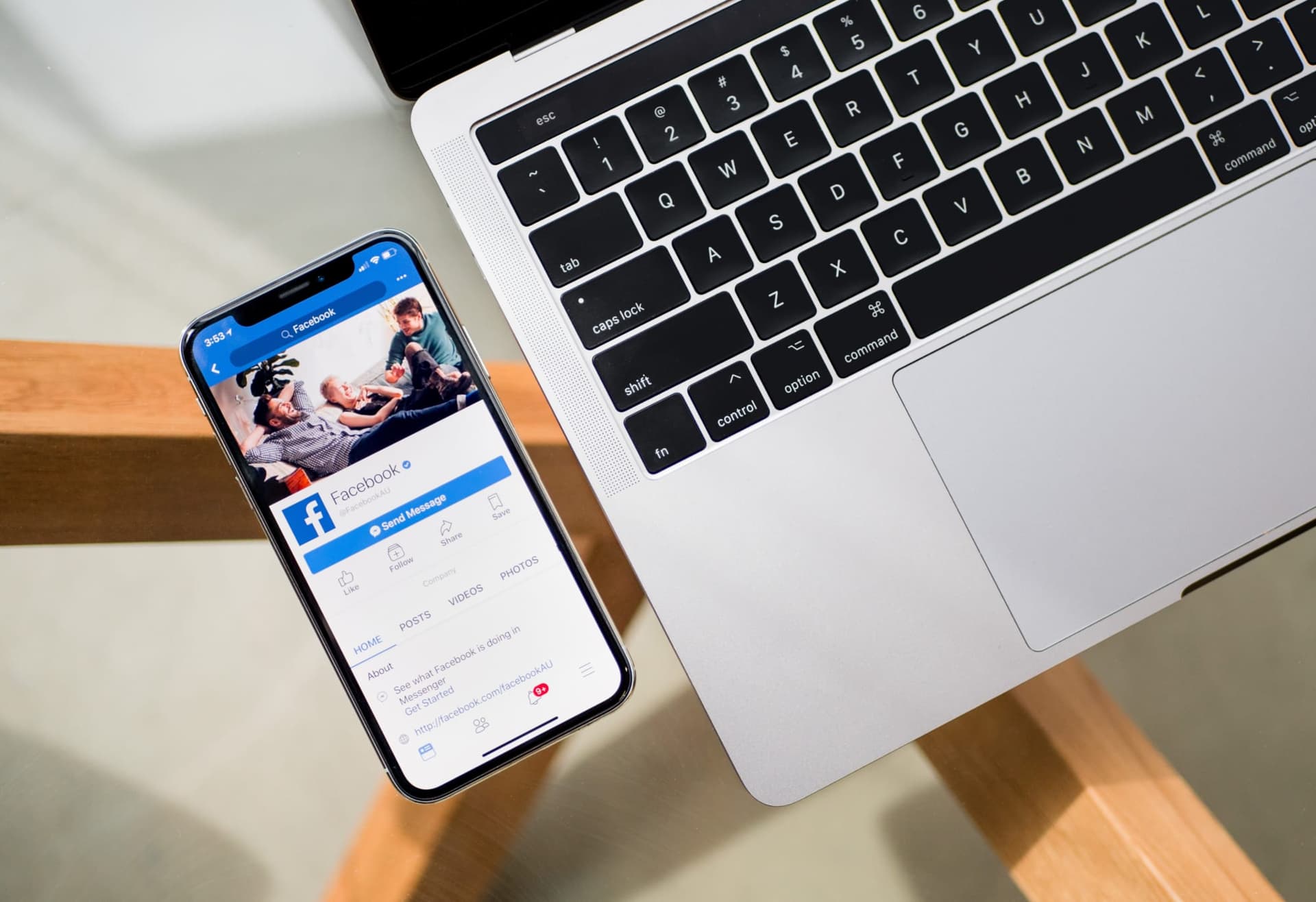Whenever I find myself doing research for new social media tips, the studies and resources I find are always fascinating. Not only is the intense depth of academia inspiring, the methods that researchers use for collecting information are so intriguing.
I often wish I could be involved in studies like these, just so I can take the tests, try the quizzes, and see how I’d be evaluated.
Some of the most fun ones to consider are those that involve different types of social sharing. They seek to prove a hypothesis, yet at the same time, they all get me wondering, “Well, where would I fall on this scale?”
Do you know the types of studies I’m talking about? I’ve collected several of my favorites in this article, and I’d encourage you to give them a try to see where you stand. (I converted one of them into a simple quiz, if you’ve got 30 seconds to give it a go!)
What type of social sharer are you? Here are five ways to find out more about your social media personality type.
Open vs. Audience vs. Content vs. Custom – Which are you?
Do you integrate or separate? Are you on social media to express or impress? These are some of the questions that Wharton management professor Nancy Rothbard and her colleagues sought to answer. Their study looked at how people balanced social media between work life and home life. They called it “navigating the minefield of social media,” and their results led to four different types of social media personalities.
- Open Sharer – willing to connect with anyone and willing to post and share anything
- Audience Sharer – carefully choose the audience they connect with and are therefore still willing to share openly and authentically
- Content Strategist- willing to connect with anyone and picky about the content that they share
- Custom Strategist – separating their audiences to create custom buckets of sharing
Which type of social sharer are you? Take the quiz to find out. (More on the methodology below.)
(Note: The quiz was built off a visual representation of the study, not the specific process used in the research.)
More about the research:
Studying the use cases of people on social media led the Wharton team to develop a 2×2 grid of possible experiences, showing the intersection of how these four styles come together. You can see how each section contains drivers, behaviors, and consequences. The type of sharer you choose to be has an impact on your experience on social and the metrics you might hope to achieve.

Are you an informer or a meformer?
The idea of informer versus meformer has a lot to do how to get more followers on Twitter. Research has showed that informers tend to have two times more followers than meformers.
So what’s the difference between the two?
- Meformers — Users who post social media updates mostly relating to themselves
- Informers — Users who post updates that are mostly information-sharing
And which one are you?
The Rutgers researchers who discovered this distinction also found that only 20 percent of us are informers on Twitter. If you’re an informer, you’re in the clear minority. The research team analyzed updates from over 125,000 Twitter accounts to come up with nine different types of updates that are typically shared on Twitter.

Do you recognize some of your own tweets in this list?
Of the nine types of updates, only the first one ties directly with informer content. The other eight are considered meformer.
If you share more than 50 percent informational tweets (the Informational Sharing ones in the top category), you can consider yourself an informer.
Otherwise, you fall into the meformer category.
Peacock, Dipper, Changeling, Ghost + 8 more social media personalities
Researchers at the University of Winchester performed a study, commissioned by First Direct Bank, observing the different personality types of those of us on social media. The research consisted of 30-day, non-stop monitoring of participants’s social media use, coupled with a nationwide survey of social media habits. The observational takeaways from these experiences were that social media sharers consist of 12 different personality types:
- Ultras – Check feeds dozens of times per day
- Deniers – Maintain that social media doesn’t control their lives, then get anxious when they’re unable to log on to social media
- Dippers – Infrequent use, can go days or weeks without posting
- Virgins – First-time users
- Lurkers – Watch what others are saying, rarely participate
- Peacocks – Seek a high number of followers, fans, likes, and retweets
- Ranters – Highly opinionated
- Ghosts – Anonymous profiles
- Changelings – Completely different personality online compared to offline so no one knows their real identity
- Quizzers – Ask a lot of questions
- Informers – Seek to be the first to share the latest news
- Approval-seekers – Constantly check feeds and updates after posting, anxious for responses
You can fall into more than one type. For instance, you might be an Ultra Lurker Ghost. I’m an Informer Quizzer with Changeling tendencies.
Here’s a super fun infographic that shows the breakdown of all the types:

Creators, critics, and more
Several years back, Forrester Research created a tool called Social Technographics that measures how consumers engage with social media. They’ve been culling data from this tool ever since, and they’ll occasionally release bits of their findings to the public. One of these releases included a look into the six different types of social media users that Forrester noticed.
- Creators
- Critics
- Collectors
- Joiners
- Spectators
- Inactives
The science behind the classifications is probably far deeper than I’m about to make it. But if you’re curious where you fall on this list, a simple way to measure it would be to check your activity against the following metrics. If you participated in any one of the activities below on a monthly basis, you can claim that social media personality types. The only exception is that conversationalists tend to participate in their activities weekly.
You can cross over into multiple categories, except for inactives. You can’t be both inactive and something else.
Creators:
Create web pages
Upload a video you created
Upload audio/music you created
Write articles and stories and post them
Critics:
Post ratings/reviews of products or services
Comment on someone else’s blog or forum
Contribute to/edit articles in a wiki
Collectors:
Use RSS feeds
Curate, tag, or otherwise organize webpages or photos
Joiners:
Use a social networking site
Spectators:
Read blogs
Listen to podcasts
Watch a video
Inactives:
None of the above
Here’s a breakdown of the ages of those who claim each category. (Remember, you can be in more than one category; that’s why certain age demographics can account for more than 100 percent.)

Are you a mix-n-mingler or an onlooker?
Loyalty-management firm Aimia built a segmentation framework to discover the different types of social media personality types. Their framework places emphasis on control and trust—two factors that Aimia has found to significantly impact the way we use social media.
The thought behind the Aimia framework is that each of these six personality types can be talked to directly. You can customize your message to each audience based on how that particular audience uses social and what they might like to hear.
This is what the six types look like, along with the percentage of users that falls into each type.
- No Shows (41%): Haven’t logged on to a social network in the last 30 days. Most likely a 65-plus male who exhibits low degrees of trust and has no interest in broadcasting his activities or interests to anyone.
- Newcomers (15%): Passive users of a single social media network. May reluctantly join Facebook, for example, in order not to feel left behind. Newcomers primarily use social media to enhance their offline relationships.
- Onlookers (16%): Lurk on several social networks, but post infrequently. Rely on social media to keep up on the online lives of others within their social networks, but are reluctant to share details about themselves. Onlookers want complete control of their online information.
- Cliquers (6%): Active, single-network users who congregate primarily on Facebook. They’re most likely to be women, and most of their online sharing includes photos, status updates, and comments. They’re active and influential within their small network of close friends and family.
- Mix-n-Minglers (19%): Participate actively on multiple social networking platforms. Like to follow brands in order to receive offers and keep up with the latest news. They meet many of their friends online and they’re influential in their networks.
- Sparks (3%): The most active and deeply engaged users of social media. Use social media tools as a means of self-expression. Typically boast the most open social networks amongst the six personas. Engage with brands frequently, and are enthusiastic ambassadors for their favorites.
Where might you fall on this list? The Aimia report includes a helpful graphic that shows where each of these personalities fits on a grid of social activities. Find the activities that best represent how you spend your time online, and see which personality types match your actions.

Do you recognize yourself or someone you know in these social media personalities?
Not only do I find it fun to see where I fit into each of these social media personalities, but I also can think of specific friends and family members that fall into a particular type, too.
Do you know which social media personality fits you? Can you see friends and family that fit some of these descriptions?
Feel free to share these quizzes and personalities with friends and family, and leave a note in the comments about which types describe you. I’m excited to hear what you discover!
Image credits: Wharton, First Direct, Aimia, youngryand
Try Buffer for free
190,000+ creators, small businesses, and marketers use Buffer to grow their audiences every month.



